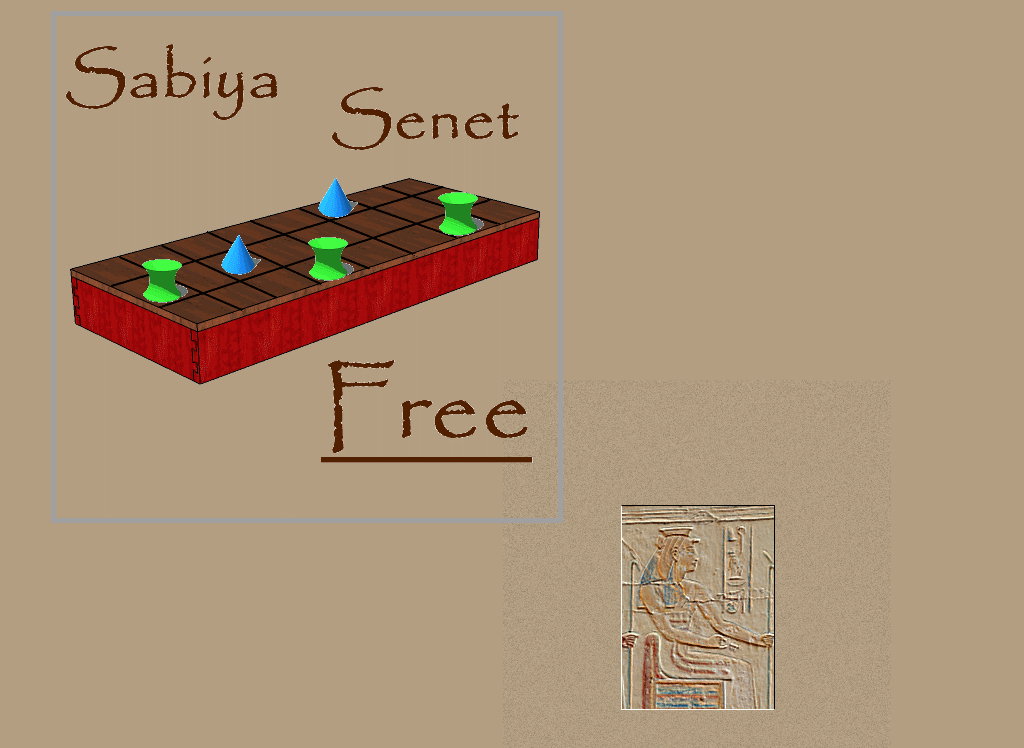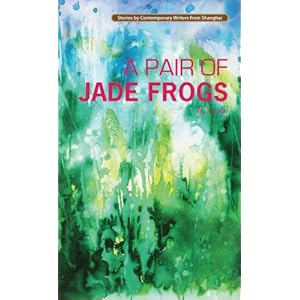A couple of posts ago I wrote about the problems of historical dialogue and translation. Today I want to have a brief look at the particular problems of poetry in historical works, and how these are translated. Some of the same issues about translation arise here – for example the question of whether you go for a modern equivalent to an ancient word, or stick with a less familiar but more accurate concept.

First, an example from Egyptian poetry. Ezra Pound prepared translations quite a few years of some of the New Kingdom Egyptian love poems. These have been generally regarded as lively and engaging, but have had a less favourable response from Egyptologists. In one poem he uses the word “bathing suit“:
My bathing suit of the best material,
The finest sheer,
Now that it’s wet,
Notice the transparency,
How it clings
Now, the word that Pound renders “bathing suit” in its original sense means something more like a robe – in some contexts a soldier’s protective garment, even, though that would probably not be a good choice here! An Egyptologist’s translation of these lines reads:
in a robe of finest royal linen,
permeated with camphor oil.
[… this line unreadable…]
Although the introduction to Pound’s book claims that the text is “based on literal renderings of the hieroglyphic texts into Italian“, very few students of ancient Egyptian would agree that the final result is a literal rendering! Pound is quite obviously presenting a modern re-presentation of an ancient text. The illustrations chosen to go alongside the words blend men and women in modern dress (well, modern for the late 1950s) together with drawings much more like Egyptian wall paintings. Should Pound have done this? Was he right to use a word here that suggests beach relaxation and sensuous bodily enjoyment, or was he wrong to bring in to the poem a word quite alien to its original culture?
Moving on to the Hebrew Bible, here is a single verse from David’s Lament, found in 2 Samuel 1. First, here is a fairly literal translation of verse 20:
Neither declare it in Gath
nor bear news to the market-places of Ashkelon
lest they rejoice – the daughters of the Philistines
lest they exult – the daughters of the uncircumcised.
It is clear that the verse consists of two pairs of parallel lines. The first pair names two Philistine cities, with each line starting with a command not to publish the news of the Israelite defeat there. The second pair uses two parallel expressions for the Philistine women, with each line starting with a warning about the delight they would feel concerning the news.
By way of contrast, here are four recent translations:
New International Version
Tell it not in Gath,
proclaim it not in the streets of Ashkelon,
lest the daughters of the Philistines be glad,
lest the daughters of the uncircumcised rejoice.
Good News Version
Do not announce it in Gath
or in the streets of Ashkelon.
Do not make the women of Philistia glad;
do not let the daughters of pagans rejoice.
The Message
Don’t announce it in the city of Gath,
don’t post the news in the streets of Ashkelon.
Don’t give those coarse Philistine girls
one more excuse for a drunken party!
New Living Translation
Don’t announce the news in Gath,
or the Philistines will rejoice.
Don’t proclaim it in the streets of Ashkelon,
or the pagans will laugh in triumph.
Clearly the New International and Good News versions stick quite closely to the word order and meaning of the original, with only minor changes. The Good News version chooses simpler vocabulary and sentence structure, in keeping with the translators’ goals, but keeps the pattern given by the Hebrew text. Both versions preserve the parallelism within each pair of lines, between the two town names on the one hand, and the two descriptions of rejoicing women on the other. “Pagan” in the Good News version perhaps suggests a value judgement about Philistine religion which the descriptive term “uncircumcised” avoids (though to be fair this word increasingly came to have a pejorative value in Hebrew thought).
Moving on, The Message keeps the town names parallel, but completely disrupts any sense that the second pair of lines had parallel descriptions at all. It also speculates on the nature of the celebrations – that they involve drunkenness – considerably beyond anything the text has to say. The effect is to paint for the reader a rather blacker picture of the Philistines than the original author chose to write – indeed one with slightly racist overtones.
The New Living Translation makes a fascinating choice. The two pairs of parallel lines are kept, but have been rearranged. The new organisation was presumably reckoned to be simpler for a reader to grasp, as the instructions “don’t tell…” are directly linked to the consequences “or else…”. Moreover, the celebrations are no longer the province of women but will apparently be carried out by the whole population of these towns. From a historical point of view, victory celebrations in this era typically were in fact led by women – a gender difference which, perhaps, the translators did not wish to highlight. In the interest of presenting a simple, clear verbal image, both the specific words of the text and the results of historical investigation are set to one side.
What do we make of this? Bible readers in many churches are often encouraged by speakers to compare several translations in order to get an overall sense of the meaning of a passage, even if a single version is routinely used within services. Generally speaking this is good advice, but the example from David’s Lament shows that actually doing this in the case of poems can be confusing. Faced with this diversity of presenting material, what is the non-specialist reader to do?
For my own part, I would rather grapple with something closer to the original. If an original author has taken the trouble to use a particular word, pattern, or overall form, I want to engage with that rather than be offered someone else’s opinion of what the author might have said if they were living today. But other readers might disagree, and feel that a modern “upgrade” helps them get the point. At very least, as readers we need to be aware how much modern filtering is going on between us today and the original design of the author.






 The typical pattern is to open with a state of stability and peace, which is then disrupted in some way – perhaps by a natural crisis, or by wickedly motivated individuals. The disruption may be presented from several different points of view, depending on the length of the work. The pivotal event is at the centre to resolve the crisis – in some texts it might be a battle, for example, but in others it will be a celebration of a god, nation or individual. Merenptah’s Israel Stele has “A great wonder has occurred for Egypt“. The Hebrew “Song of the Sea” (Exodus 15, first half) has “Who like you among the gods? Yahweh!“. After the central affirmation the situation ‘unwinds’, commonly in symmetric ways to the opening layers, and the setting is restored to peace and stability.
The typical pattern is to open with a state of stability and peace, which is then disrupted in some way – perhaps by a natural crisis, or by wickedly motivated individuals. The disruption may be presented from several different points of view, depending on the length of the work. The pivotal event is at the centre to resolve the crisis – in some texts it might be a battle, for example, but in others it will be a celebration of a god, nation or individual. Merenptah’s Israel Stele has “A great wonder has occurred for Egypt“. The Hebrew “Song of the Sea” (Exodus 15, first half) has “Who like you among the gods? Yahweh!“. After the central affirmation the situation ‘unwinds’, commonly in symmetric ways to the opening layers, and the setting is restored to peace and stability.  But I have also been finding some of the down-sides with the new development tool (it’s the Corona SDK for the true IT geeks). This is based on a graphics engine called OpenGL – which is magnificent for things like displaying images and moving them round the screen, but really quite poor at laying out simple text in – say – some help pages. Ironically I think I have spent longer getting the in-app help to work properly than the mechanics of the game itself.
But I have also been finding some of the down-sides with the new development tool (it’s the Corona SDK for the true IT geeks). This is based on a graphics engine called OpenGL – which is magnificent for things like displaying images and moving them round the screen, but really quite poor at laying out simple text in – say – some help pages. Ironically I think I have spent longer getting the in-app help to work properly than the mechanics of the game itself. Here, by contemporary western standards the book seems to rather trail off. Key events and tensions are resolved earlier in the story. Only one narrative theme is pursued to the end, and that one is not closed off triumphantly but dissolves into uncertainty. I appreciated the different approach to writing, but I did wonder if the book would be criticised for not adhering to western standards of narrative form? Certainly some of the opinions I come across online would be very critical of this form, and certainly would not want to imitate it in their own writing. As for me, I really enjoy getting to grips with the many and varied ways that people have structured meaning over the years!
Here, by contemporary western standards the book seems to rather trail off. Key events and tensions are resolved earlier in the story. Only one narrative theme is pursued to the end, and that one is not closed off triumphantly but dissolves into uncertainty. I appreciated the different approach to writing, but I did wonder if the book would be criticised for not adhering to western standards of narrative form? Certainly some of the opinions I come across online would be very critical of this form, and certainly would not want to imitate it in their own writing. As for me, I really enjoy getting to grips with the many and varied ways that people have structured meaning over the years!